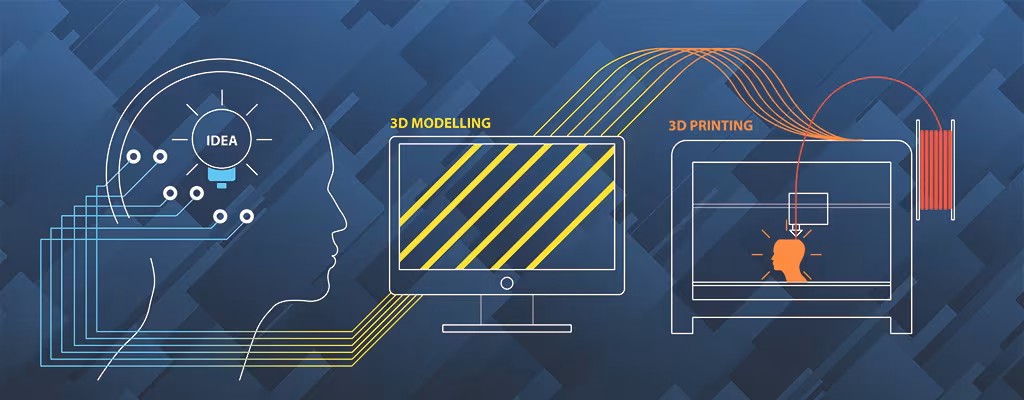TE Connectivity’s 3D Printing for Production: Advancing Additive Manufacturing for Aerospace
Services & Trainings TE Services & TrainingsPosted by TEAdmin on 2025-03-10 05:41:30 |
Share: Facebook | Twitter | Whatsapp | Linkedin Visits: 91

TE Connectivity’s 3D Printing for Production (3D4P) leverages additive manufacturing (AM) to efficiently produce complex aerospace and defense components. While 3D printing is commonly associated with rapid prototyping, it is not yet widely adopted for mass production. However, TE’s 3D4P process addresses this gap by utilizing advanced materials and AM technologies to manufacture high-mix, low-volume products such as connectors, backshells, clamps, and fiber-optic breakouts without the constraints of traditional manufacturing.
The key advantage of 3D4P lies in its flexibility and efficiency. Unlike conventional methods like CNC machining, injection molding, or investment casting, 3D4P is a direct-manufacturing process that eliminates the need for tooling, setup time, and minimum order requirements. Components are produced directly from CAD data, using flame, smoke, and toxicity (FST) photopolymers ideal for aerospace applications. The process allows for the creation of intricate geometries, including deep cavities and tight inside corners, while offering micron-level resolution for high surface smoothness. Additionally, production, post-processing, and quality assurance can be integrated into a single manufacturing cell, further reducing lead times.
The benefits of 3D4P include the ability to quickly modify designs, significantly reduce production-to-completion time, and eliminate the need for inventory storage. Since parts can be manufactured on demand, companies can avoid stockpiling and associated costs. This approach is particularly advantageous for complex components that cannot be easily molded or machined, as well as for low-volume production that does not justify mold investment. Furthermore, businesses can begin production with 3D4P and transition to traditional molding techniques as demand scales up. TE Connectivity, with over 30 years of experience in additive manufacturing, offers expertise in AM technology and materials to support the entire product lifecycle, from initial development to full-scale production. By integrating 3D4P, companies can achieve faster development cycles, cost savings, and improved manufacturing efficiency for their aerospace and defense applications.
Search
Categories
Recent News
- Telangana's Electric Revolution: A Clean Mobility Drive
- Hyderabad Murder Unveils a Chilling Revenge Plot
- Hyderabad Senior Loses Savings to Facebook Scam
- Hyderabad's Drunk-Driving Divide: KPHB's Sobering Reality
- IndiGo's Flight Fiasco: Chaos and Confusion in the Skies
- Hyderabad's Sky-High Solution to Traffic Woes
- Bomb Hoaxes Disrupt Hyderabad Airport: A Week of False Alarms
- Hyderabad's Road Renaming Sparks Political Storm
Popular News
- Navigating IPO Market Dynamics Amid Volatility and Regulatory Changes
- Innovative Green Practices and Environmental Initiative
- Massive Worldwide Microsoft Outage Disrupts Multiple Sectors
- తెలుగుదేశం పార్టీ - పేదరికాన్ని నిర్మూలించడంలో వాగ్దానం
- Universities Embrace Remote Learning Technologies Amidst Ongoing Pandemic